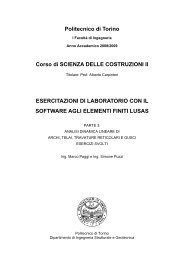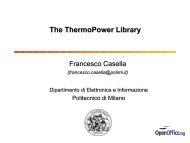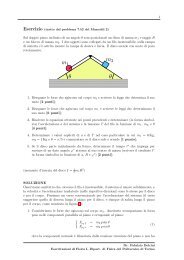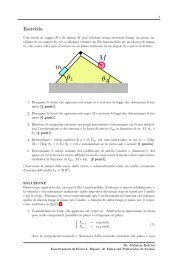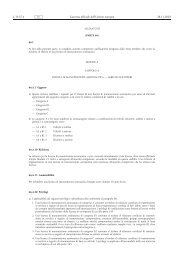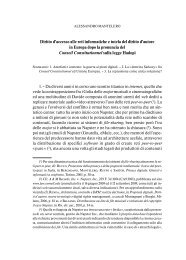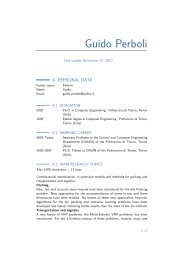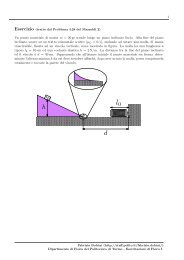The ITER toroidal field model coil project
The ITER toroidal field model coil project
The ITER toroidal field model coil project
You also want an ePaper? Increase the reach of your titles
YUMPU automatically turns print PDFs into web optimized ePapers that Google loves.
218 A. Ulbricht et al. / Fusion Engineering and Design 73 (2005) 189–327<br />
control dewar (B250). With this method, the <strong>coil</strong>s were<br />
kept cold, the control dewar (B250) was filled, and the<br />
running time of the He pumps was reduced by about<br />
60%. An unattended operation during nights and weekends<br />
was possible and the change from standby mode<br />
to the operation mode with the full mass flow rate was<br />
done every morning in about 2 h (Fig. 4.19). <strong>The</strong> mass<br />
Fig. 4.15. Heat load of the TFMC winding vs. <strong>coil</strong> current in test<br />
Phases 1 and 2. <strong>The</strong> difference between the measured losses and the<br />
calculated resistive losses are the AC losses caused by the current<br />
ripple of about 40 W (see Section 6.1.3).<br />
Fig. 4.14. Re-cooling after a safety discharge from rated currents.<br />
flow rates were adjusted to rated values after the daily<br />
high voltage and interlock tests at low currents, which<br />
did not require a high mass flow rate.<br />
An overview of the complete test Phase 2 is given in<br />
Fig. 4.20. <strong>The</strong> cool down started August the 20th and<br />
the warm up finished December the 19th, 2002 without<br />
significant problems. <strong>The</strong> availability of the TOSKA<br />
facility was larger than 98%.<br />
4.4. 80 kA current leads performance<br />
4.4.1. Design of the 80 kA current leads<br />
For the test of the TFMC in TOSKA, two 80 kA<br />
current leads were designed and manufactured based<br />
on the design principles developed within the last 15<br />
years [55], see Fig. 4.21.<br />
A significant experience was acquired from the construction<br />
and the performance tests of the 30 kA forcedflow-cooled<br />
current leads used for the POLO <strong>model</strong><br />
<strong>coil</strong> experiment, the LCT <strong>coil</strong> 1.8 K test, the W 7-X<br />
conductor tests in the STAR facility, and the W 7-X<br />
DEMO <strong>coil</strong> test. <strong>The</strong> 80 kA current leads were designed<br />
based on that experience and according to the design<br />
principles worked out in the course of construction of<br />
forced-flow-cooled current leads and testing of those<br />
devices.



